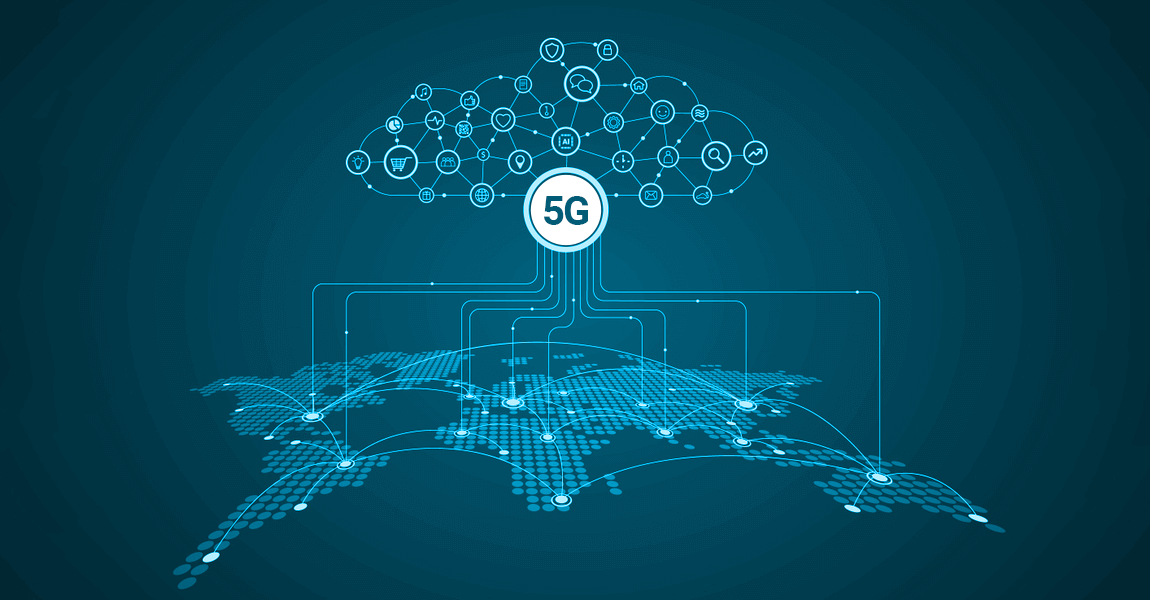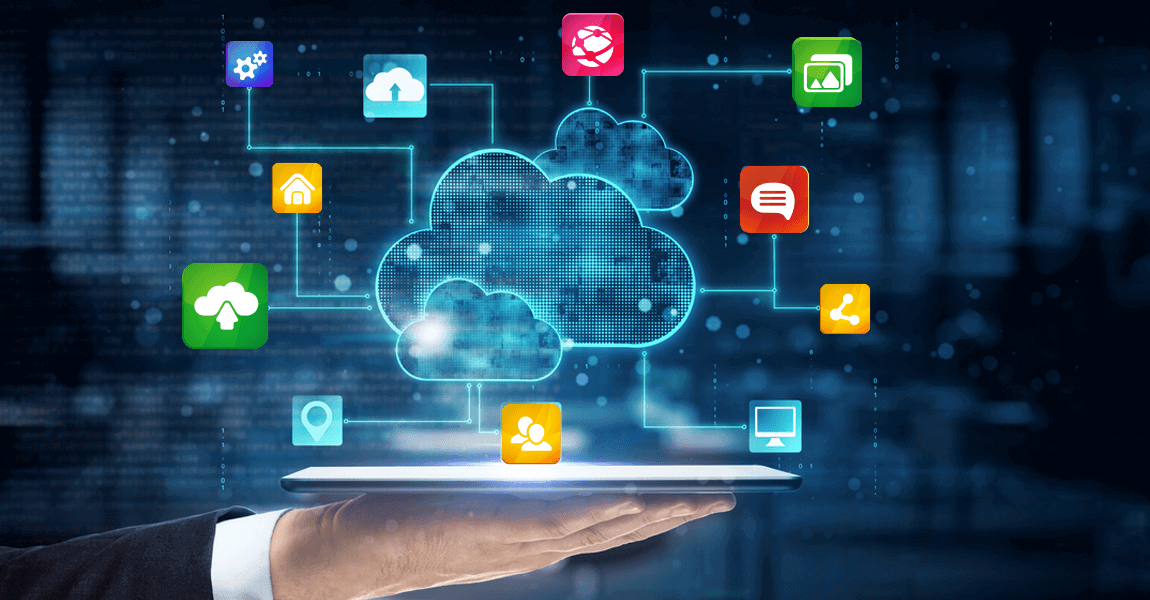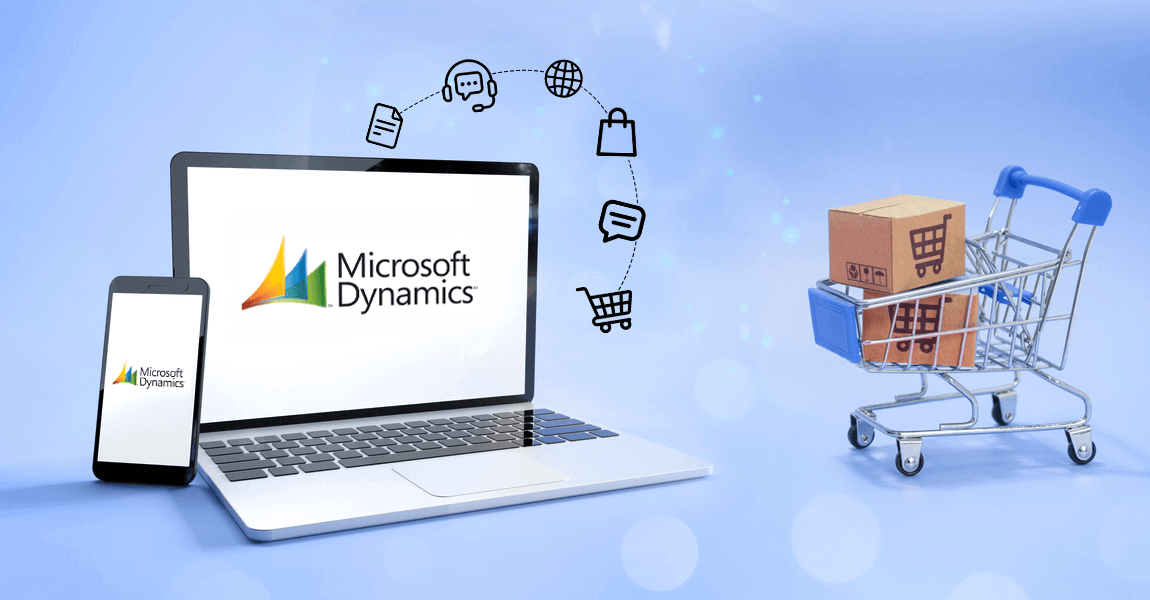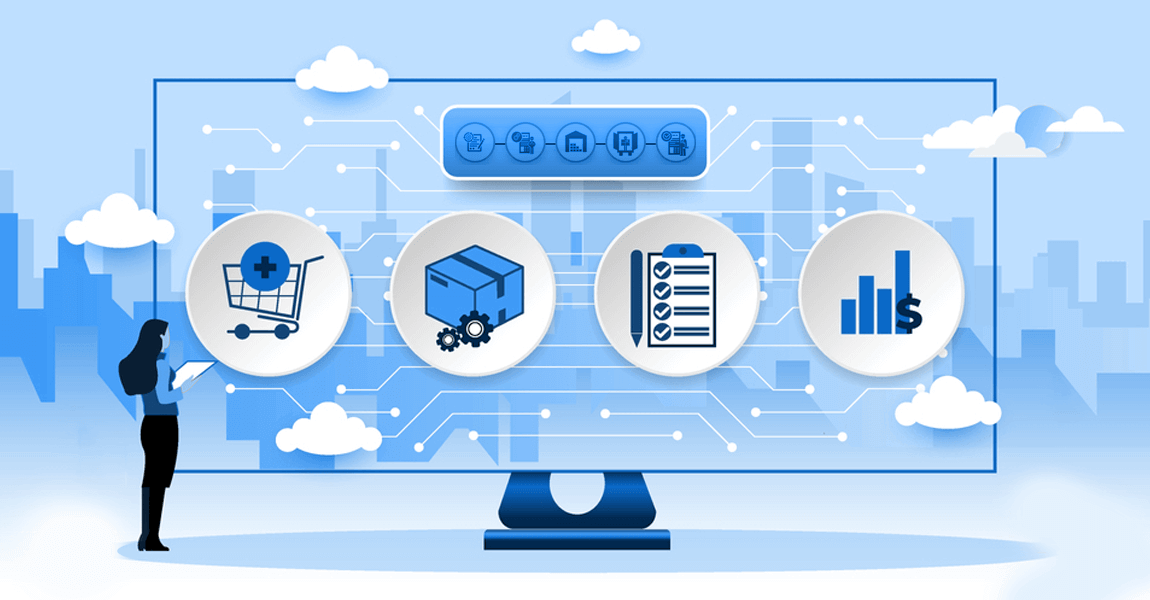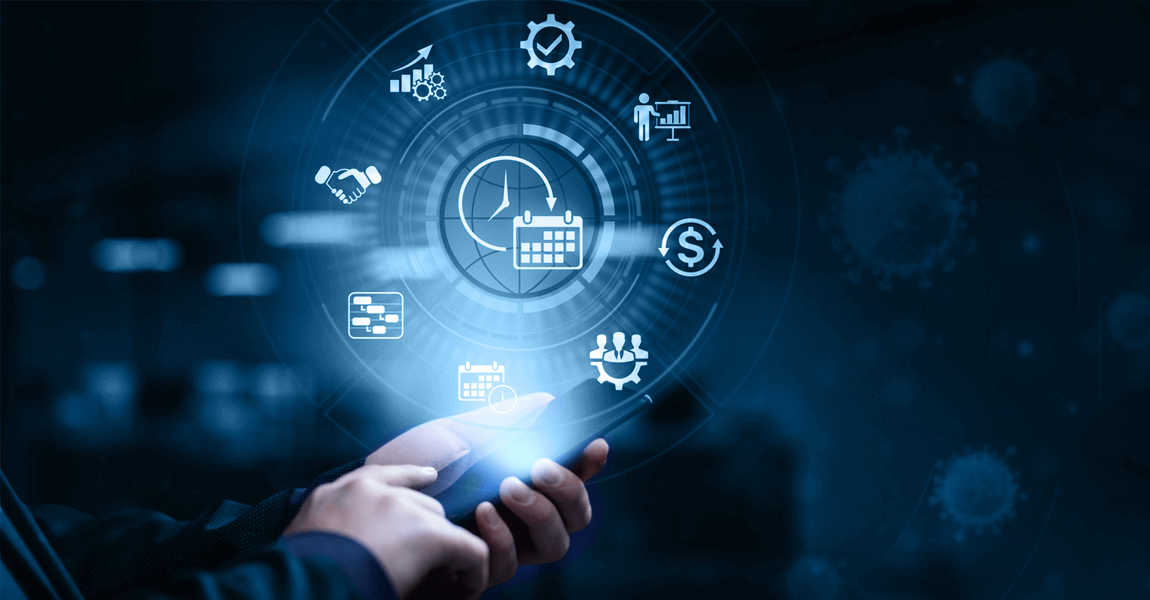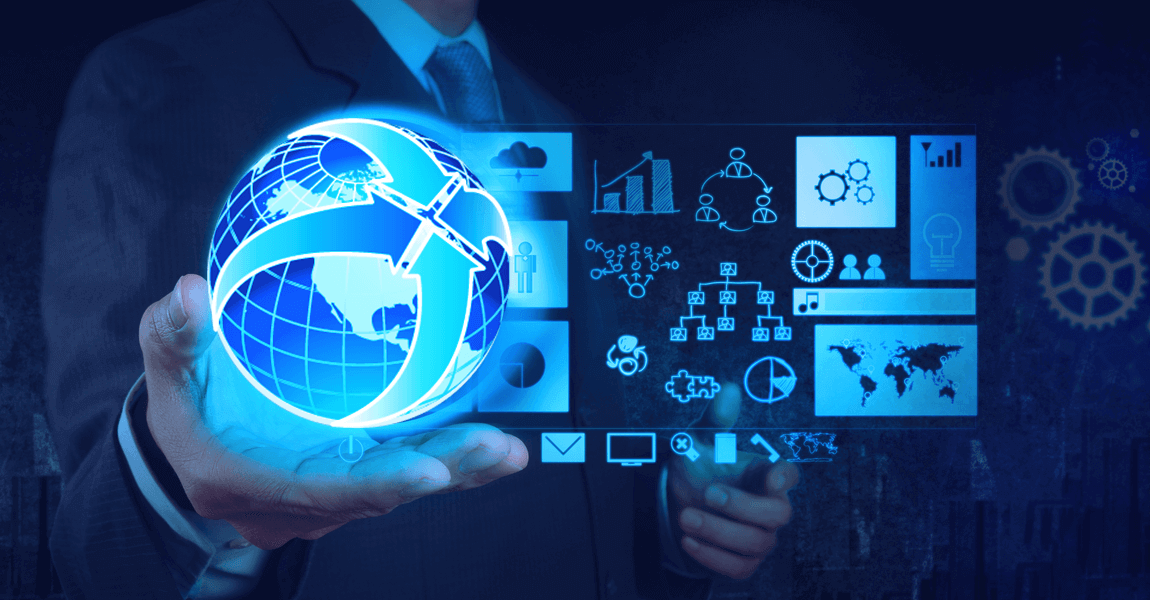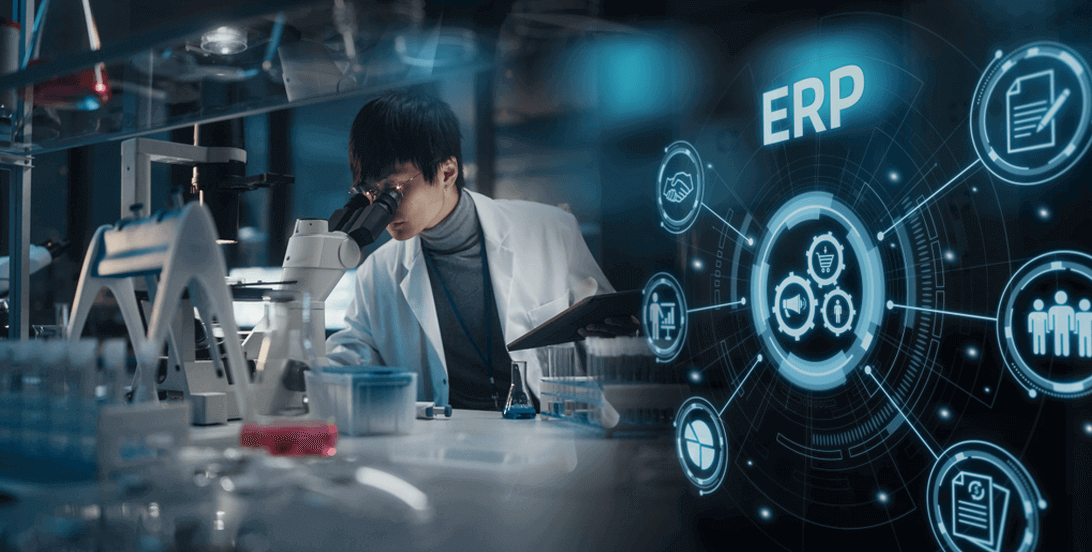Each generation of mobile technology has opened up new opportunities for the world and 5G will be no exception to that rule. The fifth-generation mobile technology is promising a radical shift with speed, low latency, and scalability with support for LTE and edge computing.
The 5G technology is not far from becoming mainstream. According to a report by Ericsson, 5G adoption will reach 1,479 million subscribers in 2024.
Business Intelligence (BI) refers to the discovery and communication of insights or actionable information with the help of enterprise data. Analytics explores and propagates patterns and knowledge in data, which can be expressed through simple statistical tests or predictive systems powered by machine learning.
To ensure that business operations are driven by data, stakeholders need to employ Business intelligence (BI). Modern BI tools enable an organization to make decisions that are guided not just by a small collection of relevant data, but with a complete picture of available data. BI involves many technologies and the process include organizing data, analyzing, reporting and visualization of data. BI is the answer to how a business performed in the past and why those are the outcomes that were achieved.
The COVID-19 pandemic has transformed businesses and redefined the way consumers purchase. Conventional sales and marketing efforts have stopped yielding desired results in increasing sales volumes. Today, organizations, especially in the retail sector, are looking for opportunities to innovate, re-strategize, and leverage technology to fuel growth.
The COVID-19 pandemic has forced businesses to embrace innovation and digital technology to sustain and then grow their businesses. Enterprises have to be operationally agile with efficient processes and effective reporting structures irrespective of their sizes. These challenges become crucial for small and medium enterprises as they lack the large resources to grab opportunities to grow in the modern digital economy.
The past two years have crippled the global supply chain and logistics; most businesses have slumped from the economic setback caused by the pandemic. Both logistics and supply chain management have stretched boundaries revealing inefficiencies and areas that need improvement.
Apart from software development services, technology providers offer a range of o value-added services to enterprises. Services like testing, training, managed services, staff augmentation etc are very useful to businesses to manage their IT environment.
Hyperautomation is the new buzzword in the IT industry. The term was first coined by Gartner in 2020 and has once again found its place in the research company’s list of strategic technology trends for 2021. In this blog post, we’ll share what is hyperautomation, the difference between automation and hyperautomation and how companies can leverage it.
So, let’s begin.
Enterprise Resource Planning (ERP) software is the key to the process-centric chemical industry. An ERP system can help the industry manage its various processes efficiently. Many chemical companies, especially the small and medium-sized, face challenges while migrating to a new ERP system. Here are a few tips to the chemical industry for successful ERP migration and optimal utilization.
COVID-19 crisis has compelled schools and other educational institutions to rapidly adopt digital solutions and run online classes. This also offers schools and colleges an opportunity to digitally transform their operations leveraging technologies and build a digital infrastructure that helps them in the long term.
U.S.A
Missouri, Headquarters
14567 N Outer Forty Road, Ste 475
Chesterfield, Saint Louis, MO 63017
Middle East
Dubai, UAE
Burlington Tower, 18th Floor, Ascendris Business Center Suite 16, Business Bay, Dubai, UAE 121907
India
Hyderabad
The Square, B- Block, 1st Floor 109,110,111/112, Serilingampally, Nanakramguda, Hyderabad, Telangana 500 032.
Bhubaneswar
7th Floor, NSIC-IMDC Building, Dharmapada Bhawan, IDCO Plot No-6, Block-D, Mancheswar Industrial Estate, Bhubaneswar-751 010

